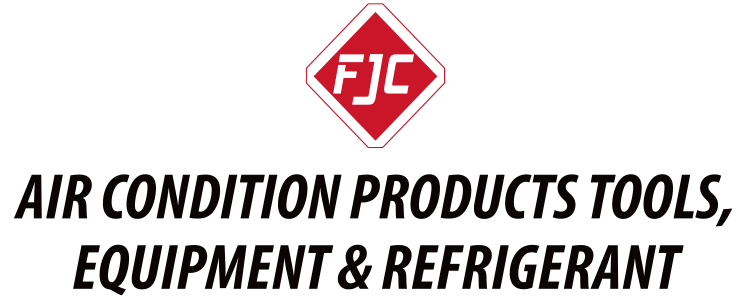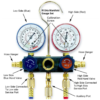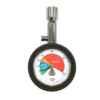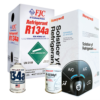What is an SDS Sheet, and What is it For?
A safety data sheet (SDS), (previously called a “material safety data sheet” (MSDS)), is a document which lists information relating to occupational safety and health for the use of various substances and products. Unlike the MSDS, the new SDS sheets follow an internationally standardized format. SDS sheets are a component of the Globally Harmonized System (GHS) of classification and labeling of chemicals. GHS is a framework in which hazardous chemicals are classified and labeled for the protection of the environment and the people who inhabit it.
SDSs provide a widely used system for cataloguing information on chemicals, chemical compounds, and chemical mixtures and their associated hazards. They may include instructions for the safe use and potential hazards associated with a particular material or product, along with spill-handling procedures.
An SDS should be produced when substances meet the harmonized criteria for physical, health, or environmental hazards under the GHS and when mixtures contain ingredients that are carcinogenic, harmful to reproduction, or toxic.

A SDS contains an unvarying format of 16 sections, as follows:
- Identification– Name the chemicals, recommended uses, and supplier contact information
- Hazard(s) identification– Name the hazards and the appropriate warnings associated with them
- Composition/information about ingredients– Identify all the ingredient(s) contained in the product
- First-aid measures– Describe initial care to be provided by untrained responders to an individual who has been exposed to the chemical, and instructions on whether a health professional should be contacted
- Fire-fighting measures– Explain how to quell a fire caused by the chemical
- Accidental release measures– Provide appropriate responses to spills, leaks, or releases including containment and clean-up practices to prevent or minimize exposure
- Handling and storage– Provide guidance on safe handling practices and safe storage conditions
- Exposure controls/personal protection– Indicate safe exposure limits, engineering controls, and personal protective measures to use to minimize exposure
- Physical and chemical properties– State physical and chemical properties associated with the substance
- Stability and reactivity– Describe the chemical stability and reactivity hazards of the substance
- Toxicological information– Present toxicological and health effects information (or indicate if data are not available)
- Ecological information– Provide information to evaluate the environmental impact of the chemical if it should be released to the environment
- Disposal considerations– Administer guidance on safe handling practices as well as proper disposal, recycling, or reclamation of the chemical
- Transport information– Present classification information for shipping and transporting hazardous chemicals by road, air, rail, or sea
- Regulatory information– Describe any safety, health, and environmental regulations specific for the product that is not indicated elsewhere on the SDS
- Other information – Indicate when the SDS was prepared and when the last revision was made
FJC distributes several products which require SDS sheets. Updated copies can be found on our website on the particular product’s page.
LMK 2021





